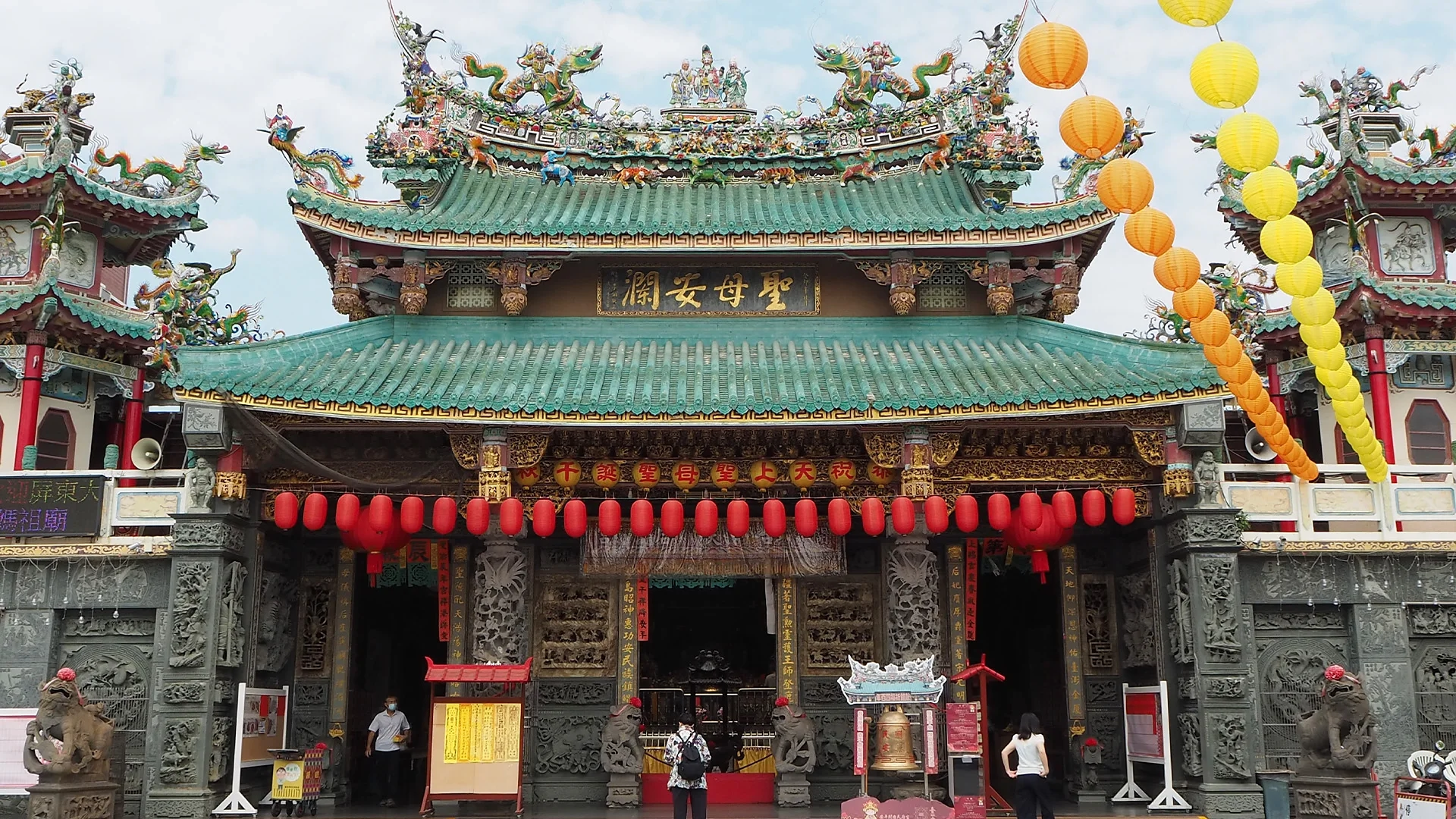It is almost a year since we moved to Tainan — Taiwan’s oldest and most historical city — and time has absolutely flown. Between making new connections and working on our various writing projects, we’ve also been plunging into Tainan’s past and present. The story of Tainan, and the story of Taiwan, is a complicated and tangled one. It is a story of a place that has experienced multiple waves of colonialism, a place where different languages and cultures — not always happily — have collided.
So we’re delighted to say that Wind&Bones’s Will Buckingham has just published a piece with the BBC exploring Tainan’s multilingual and multicultural past and present. For this piece, Will talked to indigenous Siraya language activists Edgar Macapili and Uma Talavan, the brilliant Taiwanese language youtuber Ayo, and head of the Confucius Temple cultural foundation, Dr Tsio̍h Bo̍k-bîn, exploring Tainan’s complicated history, and its many languages.
You can read the piece on the BBC Travel website. Here’s the opening, to give you a flavour:
In 1624, a ragged fleet of ships owned by the Dutch East India Company arrived at a forested island off the coast of China. The Dutch merchants were looking for a foothold to trade with China’s Ming dynasty, but had failed to seize the Portuguese enclave of Macau. The rugged, uncharted island to which they retreated was a place of last resort. They established a base on a long sandbank and built a fort, naming it Fort Zeelandia. They called the place where they settled Tayouan – or Taiwan.
The Dutch traded with the local Siraya people who spoke an Austronesian language more closely related to contemporary Malay, Tagalog and Māori than modern-day Mandarin. Some scholars argue that the word “Taiwan” itself has Indigenous roots – deriving from “tavo-an,” meaning “meeting-place” in Siraya.


